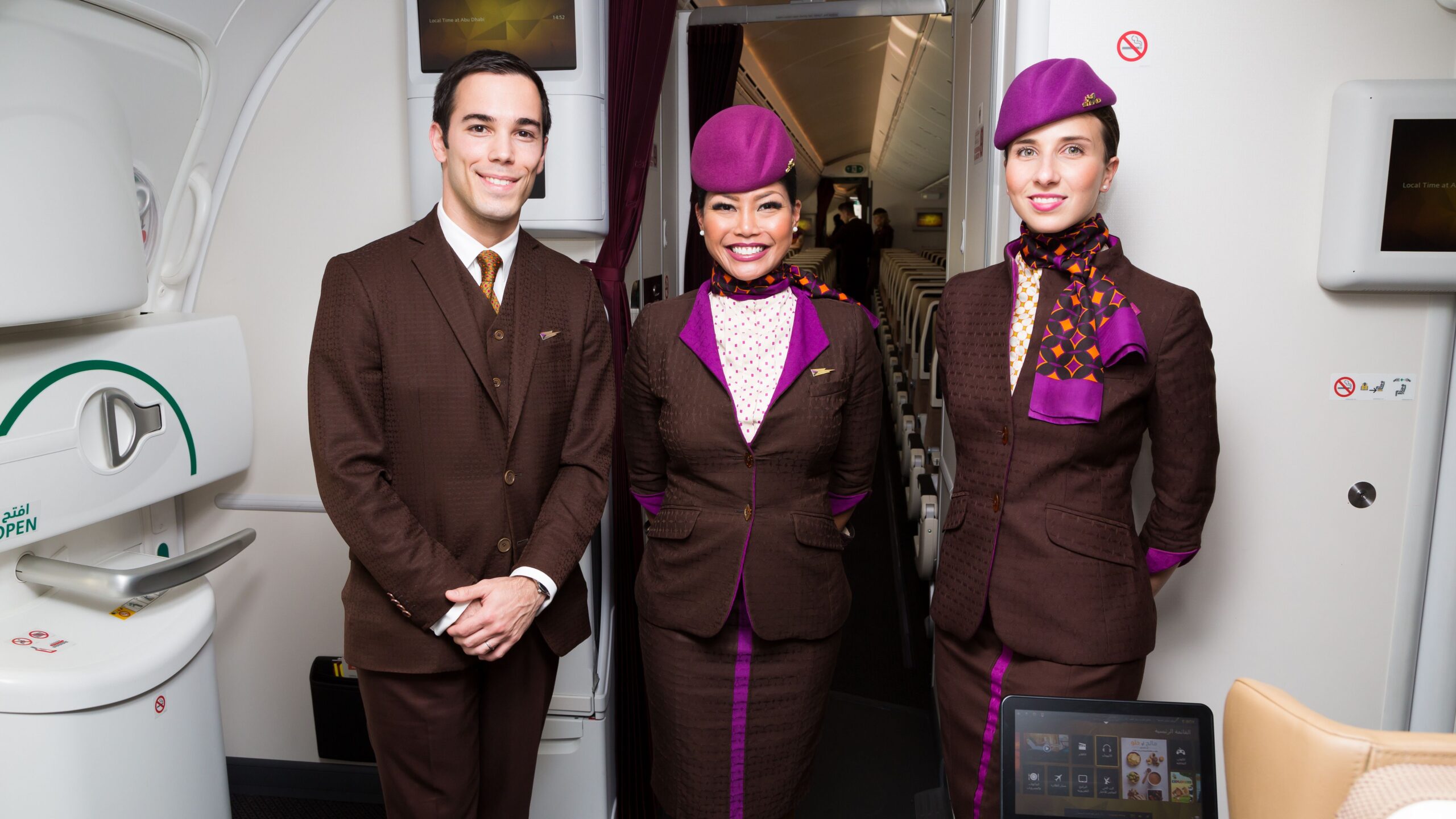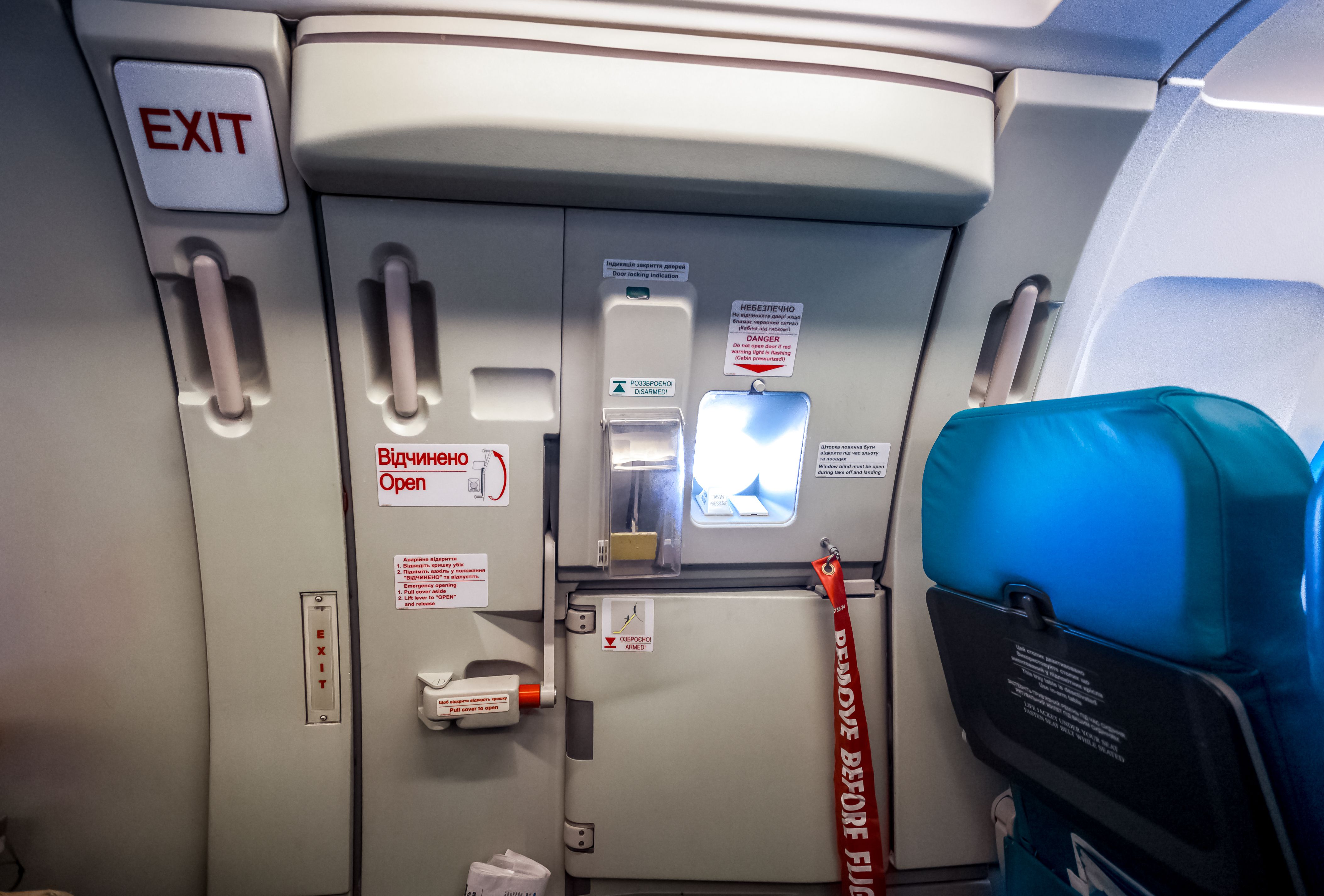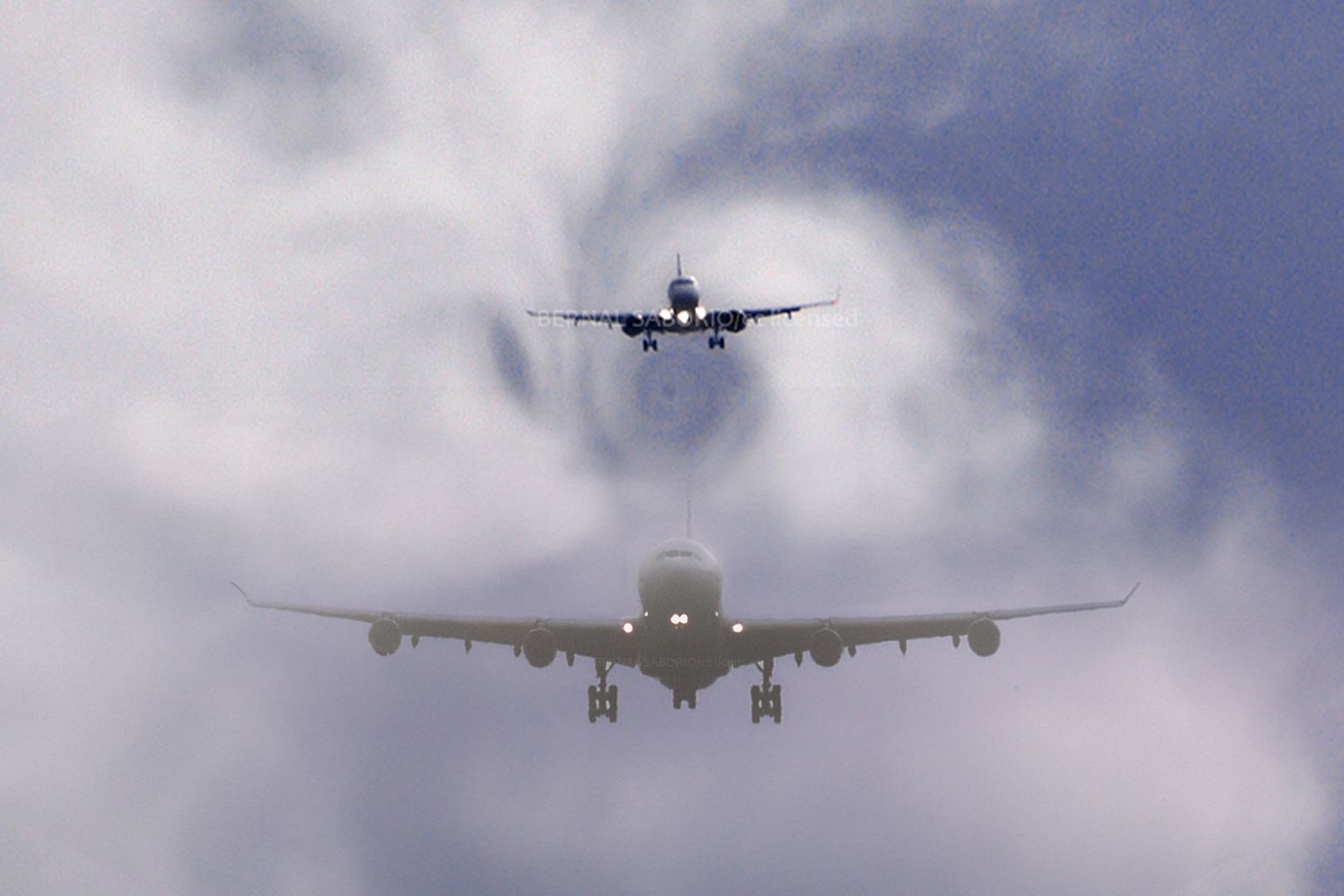Summary
- Flight attendants with flight training and a private pilot’s license can potentially assist pilots in landing an aircraft in an emergency.
- Flight attendants learn basic aircraft terminology and pilot incapacitation training to remove ill or incapacitated pilots from their seats safely.
- If both pilots are incapacitated, flight attendants may need to communicate with air traffic control and receive guidance from a professional pilot on landing the aircraft safely.
Flight emergencies are rare but can happen from time to time. When one or more pilots are unable to fly the plane, cabin crew must seek assistance from fellow crew members or even passengers. One of the frequently asked questions is: can flight attendants land an airplane in an emergency? The short answer is: it depends.
Many flight attendants are not interested in taking the front seat of an airplane or have training. However, others pursue some flight training or may even achieve a private pilot’s license. In this case, they could potentially assist pilots in landing the aircraft in an emergency.
This article explores the type of training required to attain basic flying skills and the circumstances under which flight attendants can assist in landing airplanes.
Flight Attendant training
Responsibilities of a flight attendant
- Ensuring the safety and comfort of passengers
- Conducting safety checks before the flight
- Greeting and communicating with passengers
- Preparing and serving in-flight meals and beverages
- Presenting emergency equipment and providing necessary instructions
- Assisting passengers during emergencies
- Monitoring and managing the cabin during flight
- Adhering to aviation regulations
- Preparing and submitting flight incident reports
During training to become a flight attendant, you learn basic terminology for the aircraft so that, in an emergency, you can tell the flight crew the basics. You need to know your rudder from your yoke or slats from your ailerons and tell which engine is left and right. Flight attendants also learn about various types of weather and some basic airport terminology.
Photo: Jean Baptiste Accariez | Airbus
They also undertake ‘pilot incapacitation training’ so we can safely remove them from their seats if one of the pilots becomes ill or worse. In this case, the flight attendant would take the empty pilot’s seat and help the remaining pilot by reading the appropriate checklists. Certain hand signals are also taught for communication, as the remaining pilot may be talking to air traffic control while also landing the aircraft.
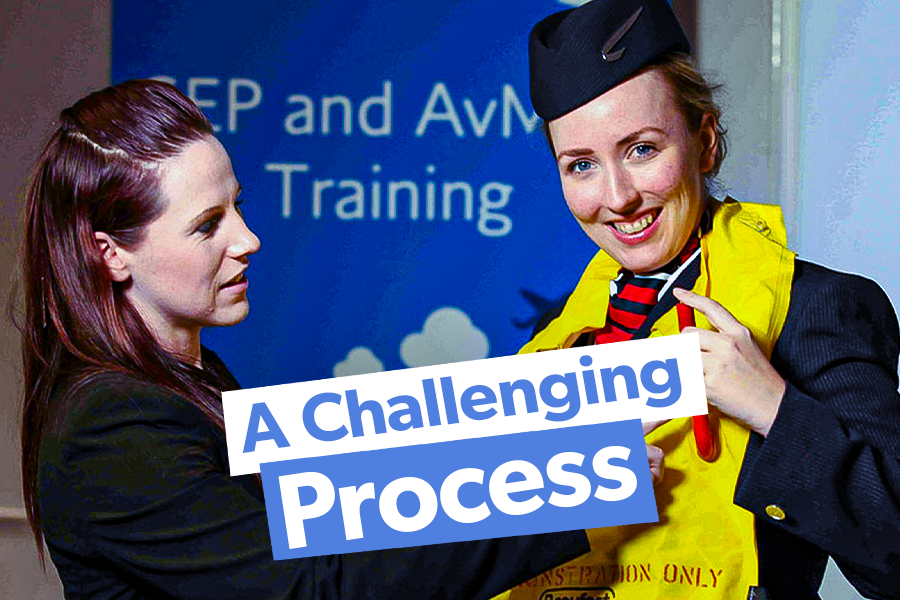
Related
Is It Hard To Become A Flight Attendant? 5 Major Hurdles Faced By Applicants
Being a cabin crew is a dream job for many. However, this role does not fall short of challenges.
It is not uncommon for some flight attendants to pursue pilot training while working as flight attendants. This is particularly common with young flight attendants who aspire to take the pilot’s seat upon completion of their license. Having just a private pilot’s license (PPL) lets one know the basics of flying, which may be useful during an extraordinary situation.
When an emergency strikes
Of course, a real problem would be if you lost both pilots for some reason – that would be extremely unlucky! In that case, you would have to talk to air traffic control, who would guide you and bring in a professional pilot on the radio to instruct you on what to do.
There is also some capacity to use the aircraft’s automatic landing capability, which uses the onboard technology and signals from the airport runway lights and transmitters to guide the aircraft down safely.
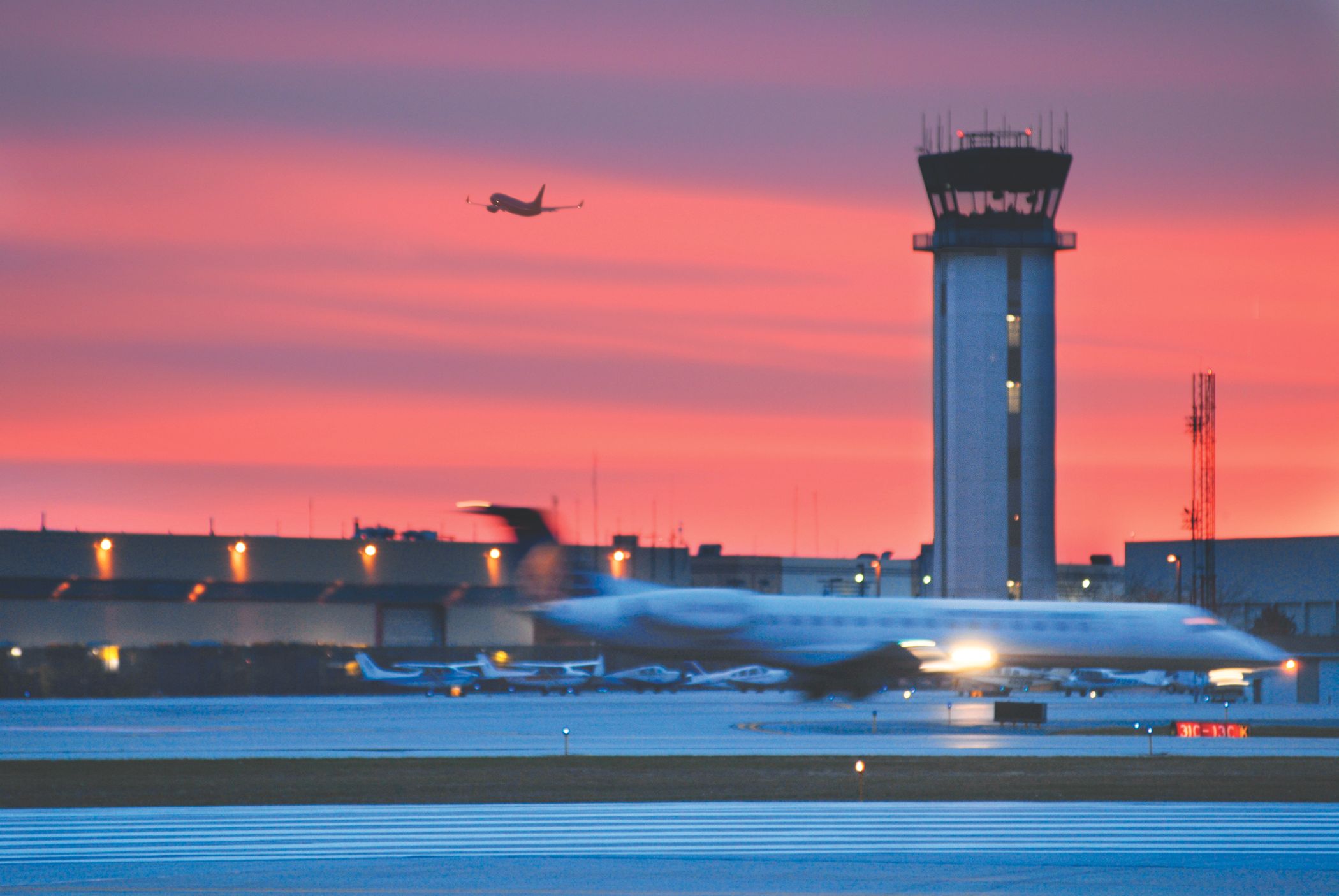
Related
Exploring Circumstances When Pilots Declare An Emergency
A few of the more common reasons behind emergency declarations.
This is only normally used in low visibility and under certain conditions. In this case, the chances are high that the aircraft could land itself with minimal input from a flight attendant and little guidance from air traffic control.
Photo: kryzhov | Shutterstock
Real-life incidents
In most real-life commercial or business aviation incidents, the remaining pilot will land the aircraft with no issue, apart from some possible help from a flight attendant. If a professional off-duty pilot is onboard, their skills will likely be called upon.
If you lose both pilots, the flight attendant could potentially take over if no other option is available, and hopefully, the aircraft can auto-land. In general aviation and smaller aircraft types, it’s good to know that there have been quite a few incidents where passengers with little or no piloting knowledge have landed safely with outside guidance.

Related
How To Become A Flight Attendant With No Experience
Do you have what it takes?
Aircraft landing procedure
- Approach: The aircraft must descend towards the airport during the approach phase. Pilots ensure that the aircraft follows the correct rate, angle, and speed. A combination of instruments and visual cues is used to enable a correct landing procedure.
- Touchdown: The pilots will begin the touchdown phase once the aircraft is aligned with the runway and descending at a correct rate to achieve the desired touchdown point. As highlighted in the EntireFlight blog, the aircraft’s speed and altitude are adjusted until the main wheels touch the ground. The touchdown phase determines whether the landing is successful or not.
- Deceleration: As soon as the wheels touch down on the surface, aircraft brakes and thrust reversers are applied. The deceleration phase ensures that the aircraft comes to a complete stop, safely, before the end of the runway.
What are your thoughts on the training and practice required by flight attendants to land an airplane in an emergency? Share your opinion in the comments section.

